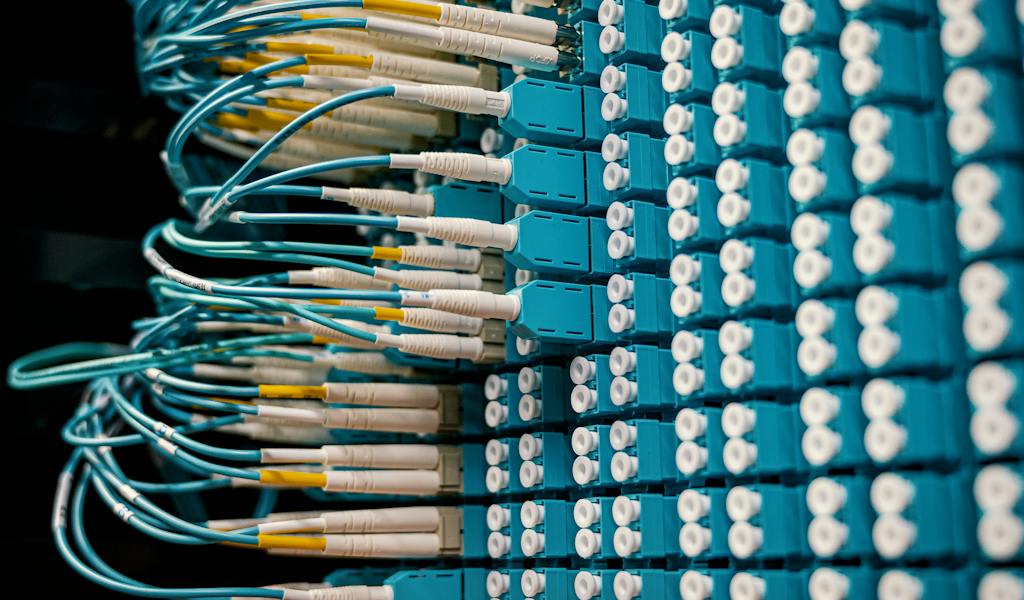If your network’s performance is lagging despite having high-end equipment and an excellent internet connection, the issue may lie with your cabling infrastructure. The best solution is a structured cabling system.
A well-organized cable network can improve infrastructure and speed up troubleshooting. It also makes it easier to expand your network.
Cost-Effectiveness
A well-organized network not only improves infrastructure but also speeds up troubleshooting. It makes expanding your network much easier and reduces power and maintenance costs. In fact, it eliminates the need for expensive hardware upgrades.
Structured cabling networks are flexible and scalable, allowing you to add devices and services as your company grows. This saves you money by reducing the need for costly system overhauls and ensuring that your network can handle growing data loads without sacrificing performance.
One of the less apparent benefits of structured cabling is that it provides a more professional look for your office. Clients and staff don’t want to see a tangled mess of different phone cords, ethernet cables, and fiber-optic wires scattered around the office floor or hanging from the ceiling. This unorganized wiring can also be a safety hazard and doesn’t reflect well on your business.
Since structured cabling ensures organization, it’s easy to identify and solve issues relating to connectivity, resulting in reduced downtime. Downtime can result in productivity loss and even revenue loss for firms that rely primarily on continuous network access.
Efficiency
In modern technology, networks have become the veins and arteries of business operations. To transfer data efficiently, these communication networks must be well-organized. That is where structured cabling comes in. A structured cabling San Francisco system provides a comprehensive telecommunications infrastructure that combines voice, data, and video signals. It also supports emerging technologies and ensures that businesses remain competitive.
The standardized structured cabling setup reduces confusion, simplifies IT optimization, and facilitates handling moves, adds, and changes (MAC). It can also improve employee safety and increase the value of your property. No one likes a tangled mess of phone cords, ethernet cables, and fiber wires. Structured cabling organizes these wires neatly, eliminating tripping hazards for employees and customers.
Additionally, structured cabling can help you reduce downtime and improve your productivity. It makes troubleshooting issues much more accessible, resulting in fewer network problems. This minimizes the frustration when workers have to wait for the problem to be fixed. This results in reduced costs and increased revenue. It also enables your organization to use cloud services and security systems more.
Flexibility
The most crucial benefit of structured cabling is its adaptability to changing business needs. It is highly versatile in bandwidth, allowing your firm to handle everything from video conferences to high-volume conversations. It also saves your organization time and money by enabling you to improve communications without revamping the entire system.
Additionally, it reduces risk by keeping electrical wires out of harm’s way behind walls and ceilings. It also enhances the appearance of your company by making it look neat and organized. A well-organized wiring infrastructure makes troubleshooting more accessible and quicker, reducing downtime.
Structured cabling can even facilitate the conduct of virtual official meetings. These systems come with VoIP software that can make it easy to hold these meetings. This allows you to work from home or any other location while still being able to meet with the team in person. It also allows you to monitor and regulate the activities of your employees remotely. As a result, your firm can operate smoothly from multiple locations. This can help you keep up with the competition and grow your business.
Security
A structured cabling system can provide a telecommunication infrastructure seamlessly integrating voice, data, and video signals. It can adapt to emerging technologies and accommodate future network needs without costly infrastructure overhauls.
Unlike traditional wire networks with tangled groups of phone cords, Ethernet cables, and fiber optics, structured cabling is neatly organized in cable trays and racks. This enables workers to quickly locate a cable for any connection problems, thus reducing downtime. It also reduces risk by keeping network infrastructure from tripping hazards and providing a professional look to any workspace.
Structured cabling also makes it easier to troubleshoot connectivity issues since the standardized setup allows easy identification of the problem. This results in less downtime, which improves business productivity and bottom-line revenue. In addition, the ease of relocating and upgrading a structured cabling system means that businesses can save money in terms of rewiring when they outgrow their current systems. Many businesses ignore This significant cost-saving benefit when planning their IT infrastructure.
Reliability
The veins and arteries of any business are the communication networks that ensure the smooth flow of data. That is why cabling is so essential, especially in this era of ever-increasing data transfer needs.
Structured cabling allows you to quickly adapt to network infrastructure changes, such as moving or adding hardware. It also reduces the time spent during installation and provides more accessible troubleshooting capabilities. This makes it an excellent choice for any business, especially those anticipating growth.
When choosing a cabling provider, look for one who prioritizes safety. Certifications, adherence to industry standards, and a track record of accident-free installations can all aid in the development of trust and confidence in the organization.
Whether you want to upgrade to a faster internet connection, increase the number of devices on your network, or implement VoIP software for remote meetings, structured cabling can provide the bandwidth you need for improved performance. Assess your network requirements, including current data rates, distance limitations, and future scalability. Then, consult a professional to determine which structured cabling best suits your needs.

















